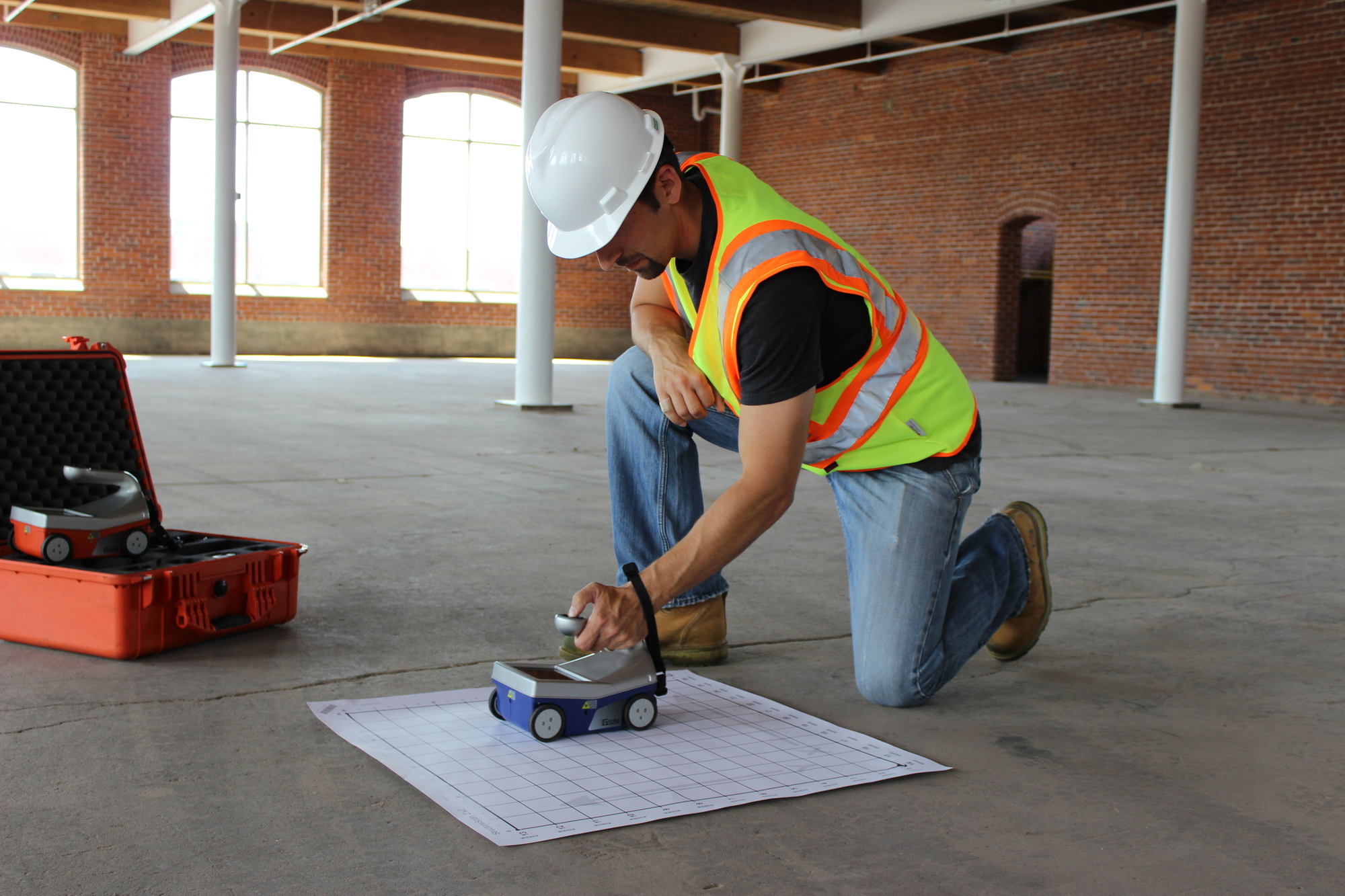RainierGPR Service Areas: Where We Provide Premier Concrete Scanning
RainierGPR Service Areas: Where We Provide Premier Concrete Scanning
Blog Article
Concrete Scanning: A Critical Action Towards Guaranteeing Structural Integrity and Security
In the world of building and facilities maintenance, the value of concrete scanning can not be overstated. By employing advanced innovation and approaches, concrete scanning offers as a critical tool in making certain that the honesty and safety and security of buildings and bridges are maintained to the greatest standards.
Relevance of Concrete Scanning
Concrete scanning plays an important function in ensuring the structural honesty and security of structures and facilities projects. By utilizing advanced technologies such as ground-penetrating radar (GPR) and electro-magnetic induction, specialists can non-destructively evaluate concrete frameworks to find potential defects, spaces, embedded objects, and reinforcement format. This process makes it possible for very early discovery of anomalies that could jeopardize the stability of a structure, avoiding costly damages and ensuring the safety of passengers.
Concrete scanning is particularly crucial during the preparation and building phases of a project. Prior to exploration, cutting, or coring into concrete, scanning helps determine the exact places of rebar, post-tension cables, and other embedded elements, decreasing the threat of accidental hits that could bring about architectural weak points. Furthermore, concrete scanning aids in high quality control by confirming the density of concrete covers and detecting any discrepancies that might influence the overall longevity of the structure. Inevitably, purchasing concrete scanning solutions is not only a proactive measure to mitigate threats yet additionally an essential step towards keeping the lasting safety and security of structures and infrastructure.
Innovation for Concrete Inspection

Advantages of Very Early Detection
Prompt detection of structural problems can considerably mitigate dangers and make sure the longevity of building projects. By determining potential problems beforehand in the building and construction process, stakeholders can take proactive steps to attend to problems before they have a peek here rise into larger and a lot more costly issues. Among the crucial advantages of early detection is the prevention of architectural failings, which can pose severe safety and security hazards and lead to task hold-ups and monetary losses.
Furthermore, very early detection permits timely repairs and upkeep, which can help prolong the life-span of the structure. By addressing problems quickly, building teams can stay clear of expensive repairs and even the demand for premature replacement of structural elements. This proactive technique not just conserves money and time however likewise boosts the overall safety and longevity of the building project.
Furthermore, very early discovery can improve task preparation and decision-making by offering stakeholders with useful understandings into the condition of the framework. Equipped with this details, job managers can make informed choices pertaining to building and construction approaches, timelines, and materials, resulting in a lot more reliable and successful job results.
Making Certain Architectural Stability
Making sure the architectural security of a building and construction project is paramount to its safety and durability. Concrete scanning plays a crucial duty in ensuring architectural stability by discovering potential problems such as gaps, delamination, or reinforcement corrosion that can endanger the integrity of the structure over time.
By Find Out More making use of innovative scanning modern technologies like ground-penetrating radar (GPR) and electromagnetic induction, building and construction professionals can non-invasively evaluate concrete frameworks to recognize locations of concern below the surface area. This positive strategy permits for the very early detection of weak points or issues, making it possible for timely repairs or support to stop structural failures.
Normal concrete scanning throughout various building and construction phases and throughout the life process of a framework can assist keep its security, minimize threats, and guarantee the safety and security of occupants. By focusing on structural security with concrete scanning, building jobs can boost their strength and longevity, ultimately contributing to higher safety and durability.
Stopping Essential Failings
Implementing routine evaluations, such as concrete scanning, can disclose covert defects like spaces, cracks, or corrosion that can endanger the stability of a structure. By using advanced scanning innovations like Ground Penetrating Radar (GPR) or Concrete X-ray, designers can non-destructively assess recommended you read the problem of concrete and identify weak factors that require support or repair service.

Verdict
Finally, concrete scanning plays a critical function in guaranteeing structural integrity and safety by utilizing advanced innovation for very early discovery of possible issues. This positive approach assists avoid critical failings and ensures the stability of structures. It is vital to prioritize concrete inspection as a common technique to safeguard the durability and security of structures and infrastructure.
Concrete scanning plays an essential function in making certain the structural honesty and safety of structures and framework tasks. In addition, concrete scanning aids in top quality control by confirming the density of concrete covers and spotting any type of disparities that might influence the general longevity of the structure. Concrete scanning plays a critical duty in guaranteeing structural stability by finding prospective problems such as gaps, delamination, or support corrosion that could endanger the honesty of the framework over time.

In final thought, concrete scanning plays a crucial role in making certain architectural honesty and security by using advanced innovation for very early discovery of prospective problems.
Report this page